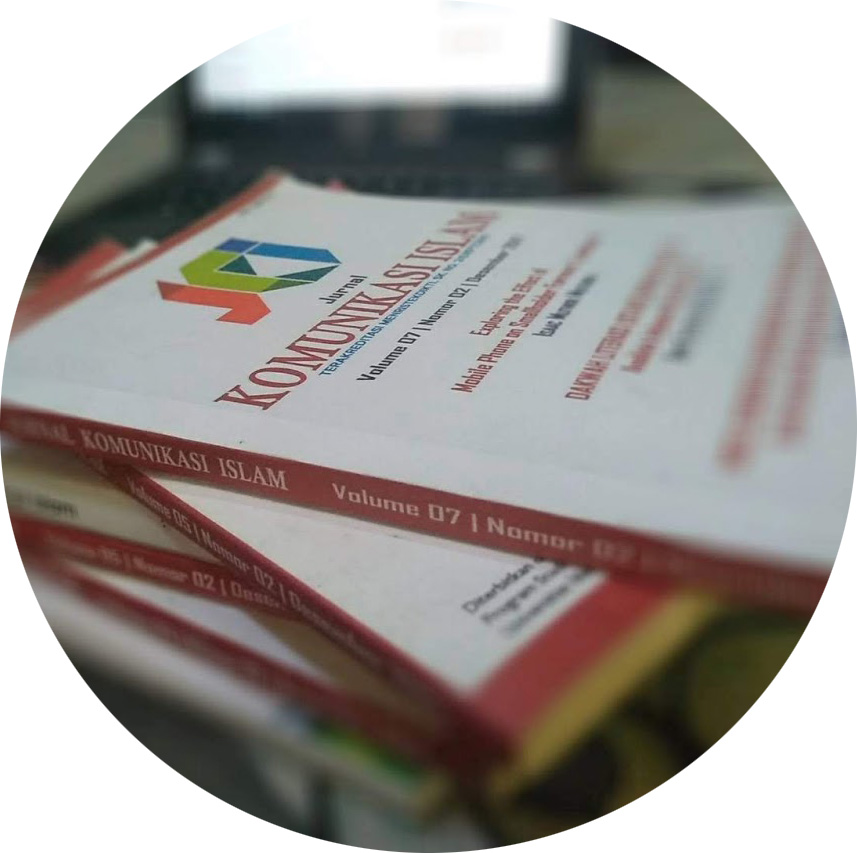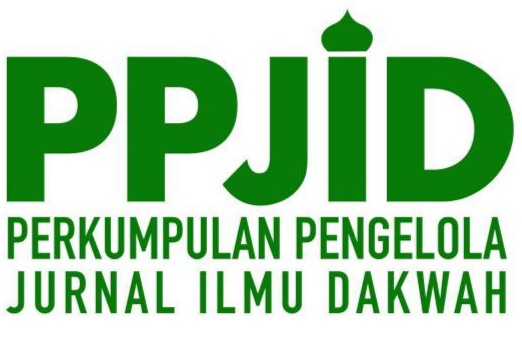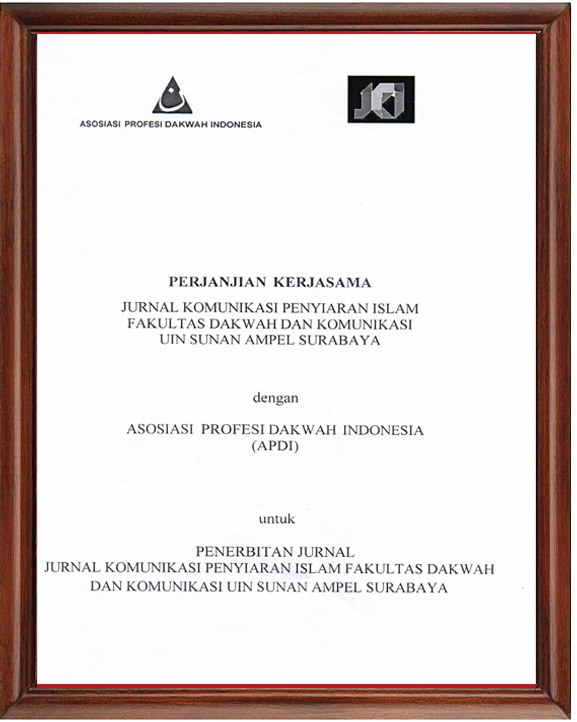Developing Broadcasting Industry Through Glocalisation and Hybridisation
DOI:
https://doi.org/10.15642/jki.2019.9.1.1-20Keywords:
Creative industry, glocalisation, hybridisationAbstract
This article is a qualitative descriptive study that examines South Korean and East Africa Audio-visual production and distribution policies and regulations. Through analyzing the results of in-depth interviews with audio-visual (broadcast) policymakers, content producers, and audiovisual business owners, this study found that South Korea reviewed regulations and policies that were protectionist in nature to more open and collaborative policies that were in tune with the digital broadcast environment. It recommended that to create successful broadcast industries, developing countries should review their broadcast policies and regulations to be in tandem with digital and media convergence environment as well as give audio-visual industry prominence by establishing ministries that deals with broadcast-related issues to promote locally, to produce content internationally, and also to source for collaboration between local and international producers.
Downloads
References
Arif, H., & Nika F.?. (2014). Glocalisation: A study of Bollywood Movies. International
Journal of Communication and Social Research 2(2).
Boyd-Barrett, O., & Boyd-Barrett, O (Ed). Globalization, Media, and Empire: An introduction. LA: Indiana University Press.
Cunningham, S. (2004). The creative industries after cultural policy: a genealogy andsome possible preferred futures. International Journal of Cultural Studies, 7(1), 105-115.
Garnham, N. (2005). From cultural to creative industries: An analysis of the implications of the “creative industries” approach to arts and media policymaking in the United Kingdom’, International Journal of Cultural Policy, 11(1), 15-29
Jian, L. (2016). A cultural hybridization perspective: Emerging academic subculture among International students from East Asia In U.S. Universal Journal of Educational Research 4(9): 2218-2228
Jin, D.Y. (2008). Cultural Politics in Korea’s contemporary films under neoliberal globalization’, Media, Culture and Society, 28(1): 5-23.
Jin, D. Y. (2012). Hallyu 2.0: The New Korean Wave in the Creative Industry. International Institute Journal University of Michigan 2(1). Retrived from http://hdl.handle.net/2027/spo.11645653.0002.102
Khondker, H. H. (2005). Globalization to glocalisation: A Conceptual exploration, intellectual discourse, 13(2), 181-199
Kim, C. (2000). ‘Japan munhwa gaebanggwa gong-yeongbangsong-ui yeoghal (Open for Japanese popular culture and the role of the public broadcasting service’, Bangsong munhwa yeongu (Broadcasting Culture Research, 2(1), 191-211
Kim, D, & Hong, S.K. (2001). The IMF, globalization, and the changes in the media
the power structure in South Korea in Morris, N., and Waisbord, S. (eds), Media and Globalization: Why the state matters, (pp. 133-153). Oxford: Rowman and Littlefield,
Kim, H-M. (2005). Korean TV dramas in Taiwan: With an emphasis on the localization process, Korea Journal, 4(1) 183-205.
Kim, K. (2018). Cultural Hybridity in the Contemporary Korean Popular Culture through the Practice of Genre Transformation. Electronic Thesis and Dissertation Repository. 5472.
Ogunleye, F. (Eds). (2014). Africa Film: Looking Back and Looking Forward,. Cambridge Scholars Publishing
Pieterse, J.N, (1994). Globalisation As Hybridization, International Sociology. Sage Journals, https://doi.org/10.1177/026858094009002003
Robertson, R. (2006). Glocalization. In: Robertson R and Scholte JA (eds) Encyclopaedia of Globalization vol. 2 (pp. 545–8). New York: Routledge.
Robertson, R. (2012). Globalisation or glocalisation? The Journal ofInternational Communication. 18(2), 191-208.
Roudometof, V. (2003). Glocalisation , Space and Modernity, The European Legacy, 8 (1), pp. 37–60
Roudometof, V. (2016a). Glocalisation: A Critical Introduction. London and New York: Routledge.
Roudometof, V. (2016b). Theorising Glocalisation: Three Interpretations. European Journal of social Theory, 19 (3),–408
Shim, D. (2006). Hybridity and the rise of Korean popular culture in Asia. Media, Culture& Society, 28(1), 25–44. doi:10.1177/0163443706059278
Stockhammer, P.W. (2018). Conceptualizing Cultural Hybridization: A Transdisciplinary Approach. Springer: Heidelberg
Straubhaar, J. D. (2003). Choosing national TV: Cultural capital, language, and cultural proximity in Brazil. In M. G. Elasmar (Ed.), The impact of international television: A paradigm shift (pp. 77–110). NJ: Lawrence Erlbaum Associates, Inc.
Straubhaar, J. D. ( 2007). World television: From global to local. Los Angeles: Sage.
Wang, G., & Emilie, Y. Y. (2005). Glocalisation and Hybridization in Cultural Production: A Tale of Two Films. Hong Kong: David C. Lam Institute for East-West Studies.
Woongjae, R. (2009). Glocalisation, or the logic of cultural hybridization: the case of the Korean wave, Asian Journal of Communication, 19(2), 137-151, DOI: 10.1080/01292980902826427
Downloads
Published
How to Cite
Issue
Section
License
Copyright (c) 2019 Isaac Mutwiri Mutunga, Collins Wagumba

This work is licensed under a Creative Commons Attribution-ShareAlike 4.0 International License.













